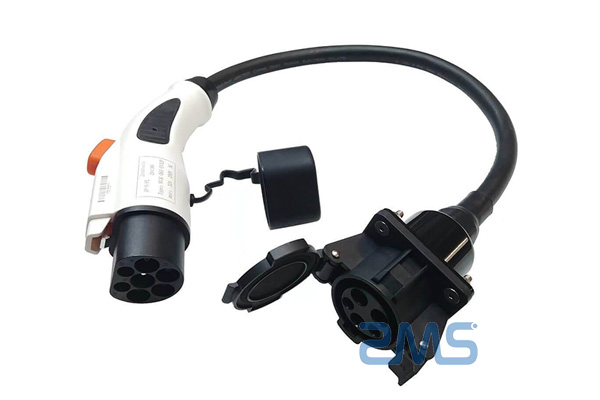According to international market research firm Markets and Markets, the global electric vehicle charging cable market demand will reach $2.453 billion by 2027, growing at a CAGR of 29.8% during the period.

The market growth will be driven by factors such as increasing electric vehicle sales, the rapid development of electric vehicle charging infrastructure, government policies and subsidies, and rising fossil fuel prices. In terms of market segmentation, private charging posts will hold a large share during the forecast period. With the increase in the sales of electric vehicles, most vehicle owners prefer private (home) charging as it is convenient and inexpensive. Private charging stations are installed in home garages or outdoor locations.
Therefore, the private charging segment will continue to grow at a significant rate during the forecast period, as the number of EV users in these countries is expected to continue to grow rapidly. Most EV users have the option of installing home chargers when they purchase an EV. As a result, demand for this type of charging cable is expected to increase as the number of electric vehicles increases.
In terms of charging cable types, there are mainly straight cables and coiled cables. Coiled cables are most suitable for these private charging stations because they require less space and are easy to handle. These cables reduce the complexity and cost of private charging stations. Outdoor installations require outdoor-rated charging equipment. Home charging stations require dedicated circuits.
Coiled cables, also known as spiral cables, are easier to maintain and more durable than straight cables. However, if coiled too tightly, heat dissipation from the cable can become an issue. North America is expected to be a fast-growing market for coiled cables due to the presence of leading electric vehicle charging cable manufacturers such as LEONIAG, TE Connectivity, and Brugg Group.
However, when multiple stations are located within a short distance, straight cables are often used. These cables are cheaper than coiled cables but less durable. Because most charging stations are equipped with Type 1 (J1772) connectors, straight cables are often used for EV charging. Charging cables must have a small diameter for easier handling, but this also exposes them to excessive heat. Therefore, these cables are equipped with liquid cooling systems.

The Asia Pacific is expected to be the largest market for straight cables during the forecast period. Most of the countries in the region are cost-sensitive markets. According to industry experts, straight cables can be up to 30% cheaper than coiled cables. Thus, in terms of cost, straight cables are better than coiled cables.
As a whole, Asia Pacific is expected to be the largest market for electric vehicle charging cables. The Asia-Pacific region is home to some of the world’s fastest-growing economies, such as China and India, which are emphasizing the rapid adoption of electric vehicles.
In addition, the governments of these emerging economies have recognized the growth potential of the global electric vehicle market. As a result, various initiatives have been taken to attract major OEMs to manufacture EV charging infrastructure in their domestic markets. Subsequently, the region is expected to remain the largest market for electric vehicle charging cables during the forecast period, considering the high sales volume and EV infrastructure spending.
